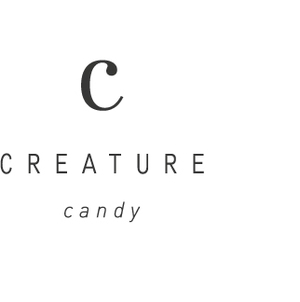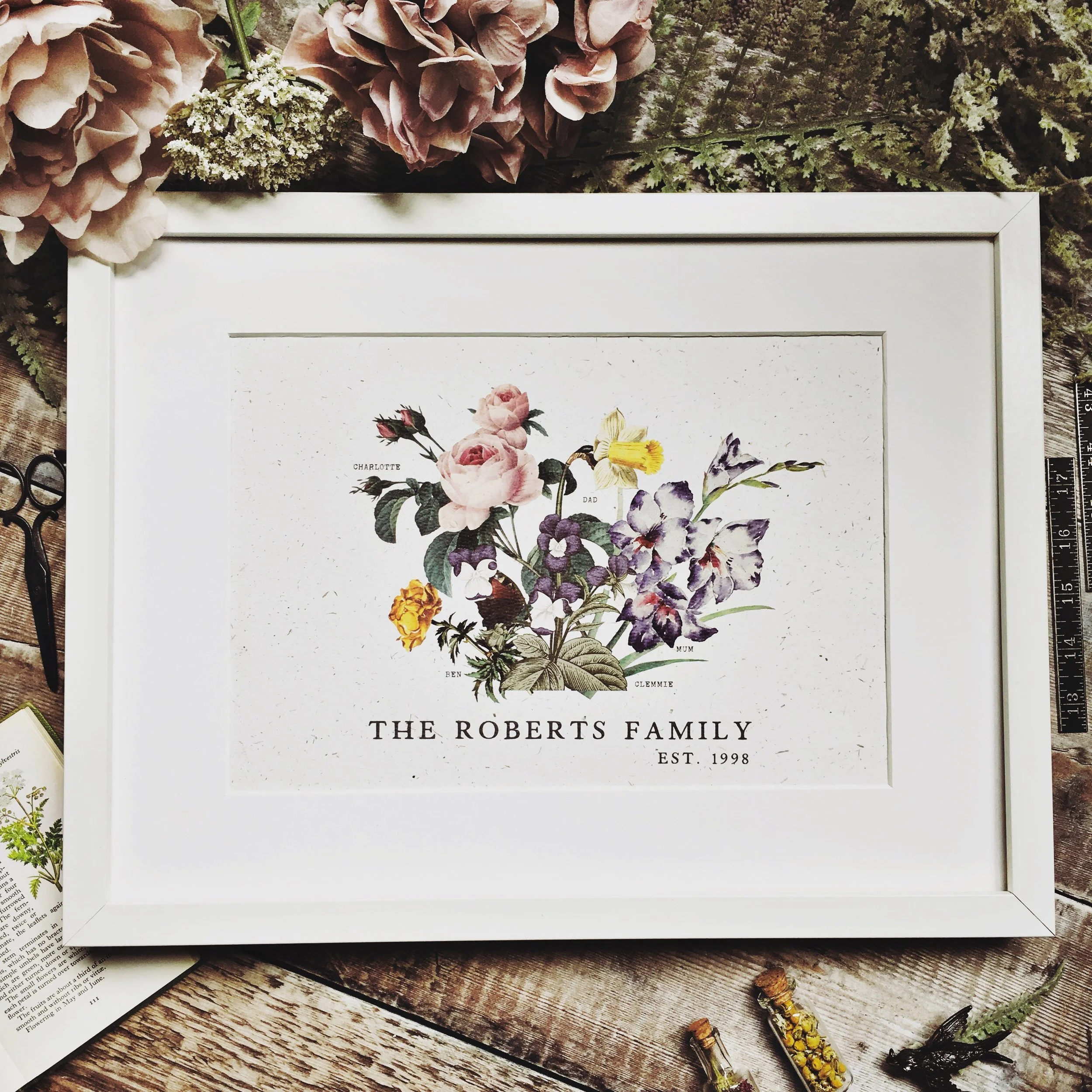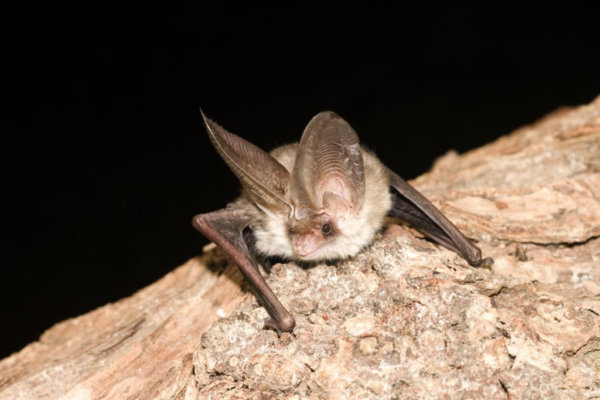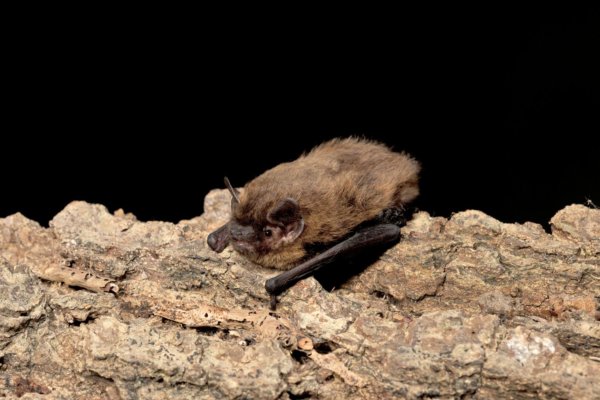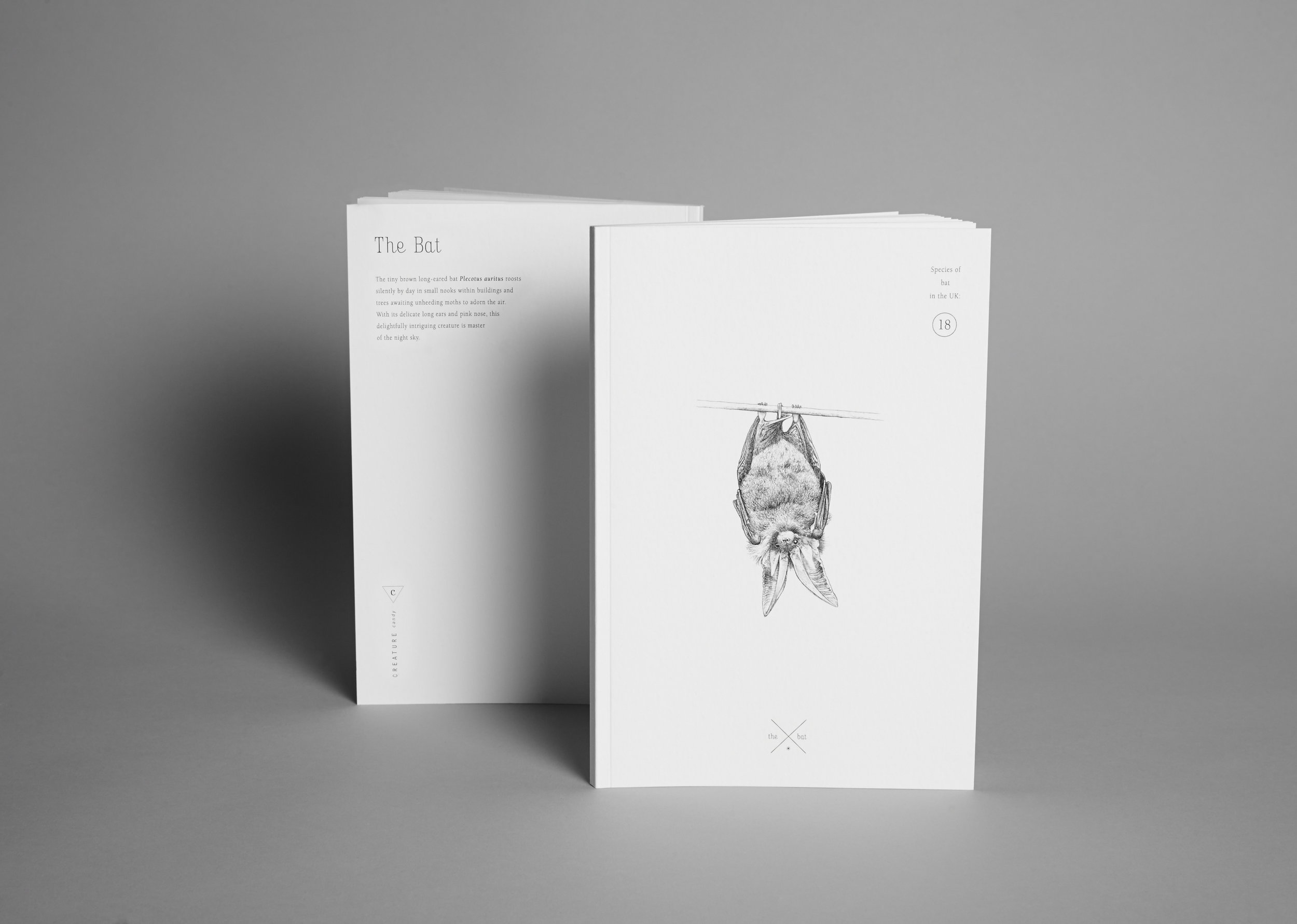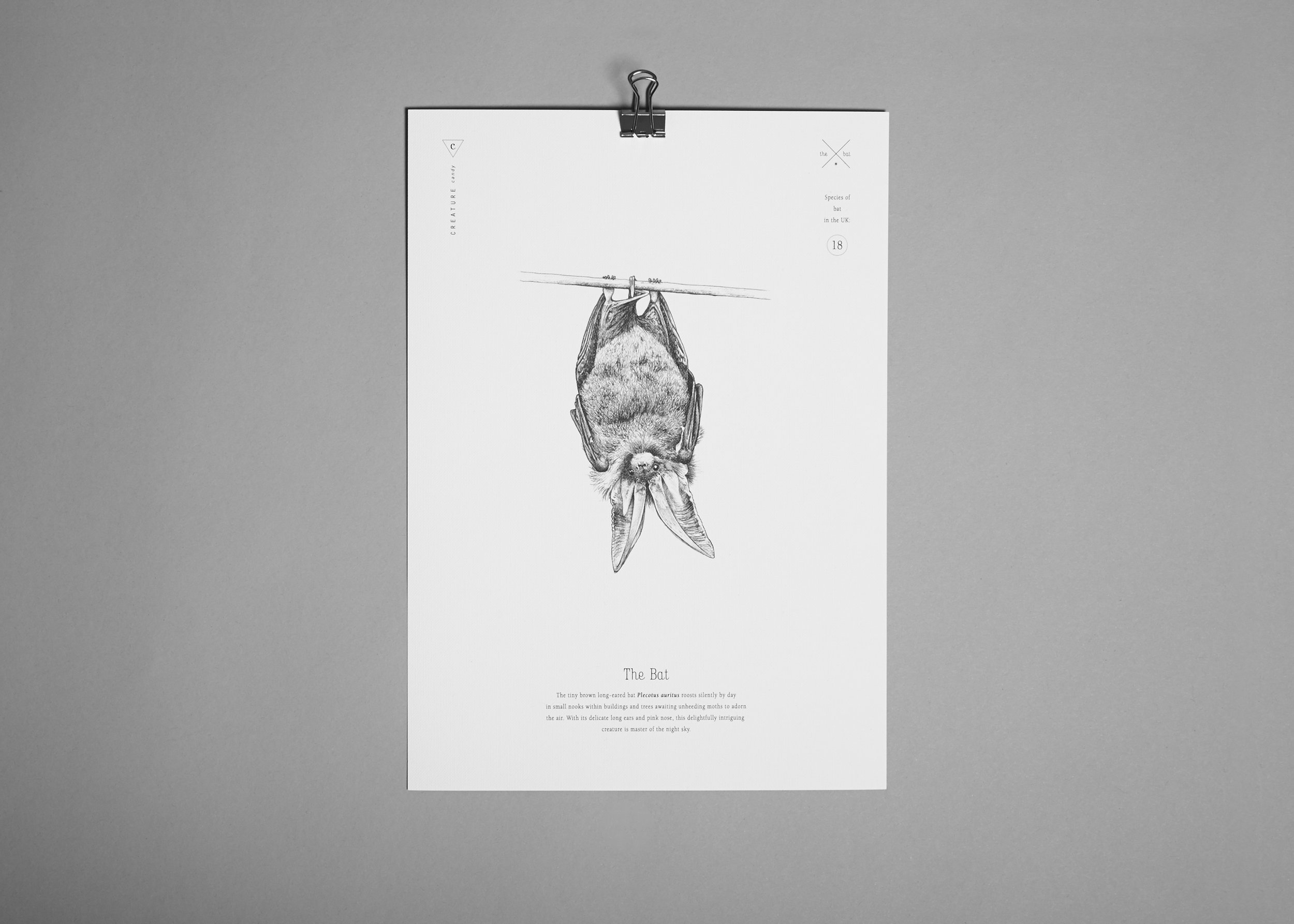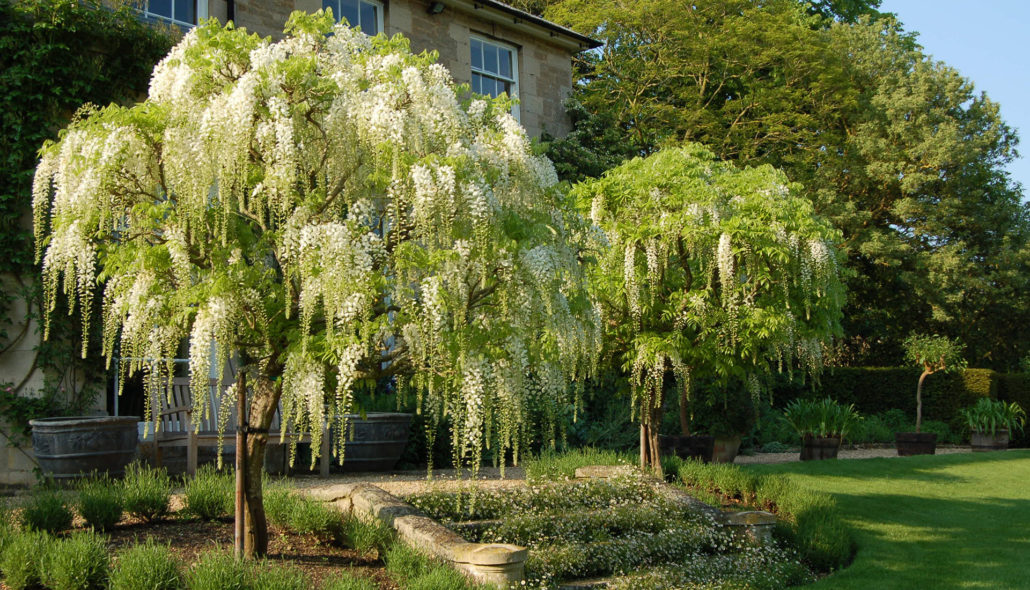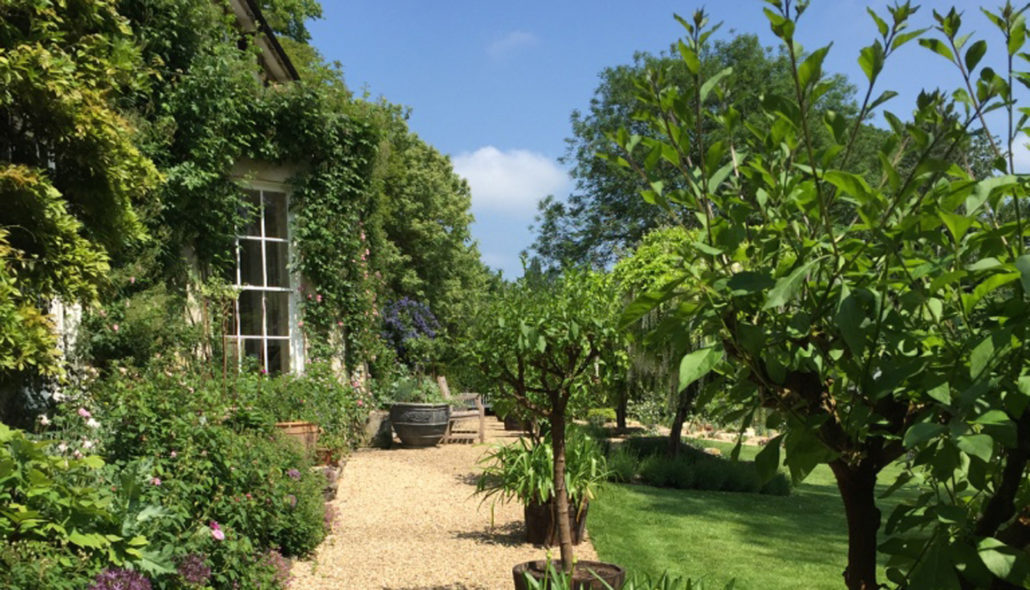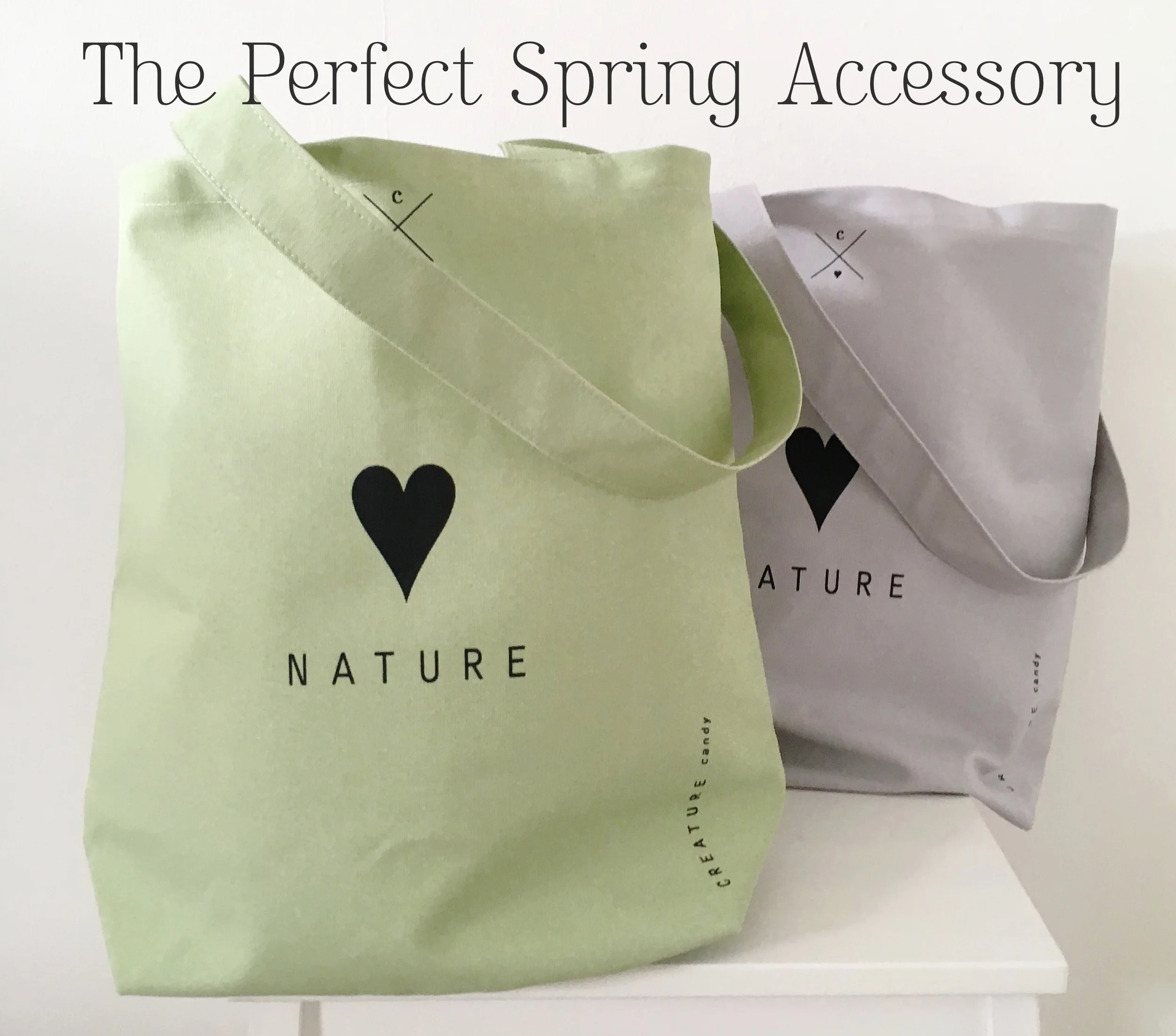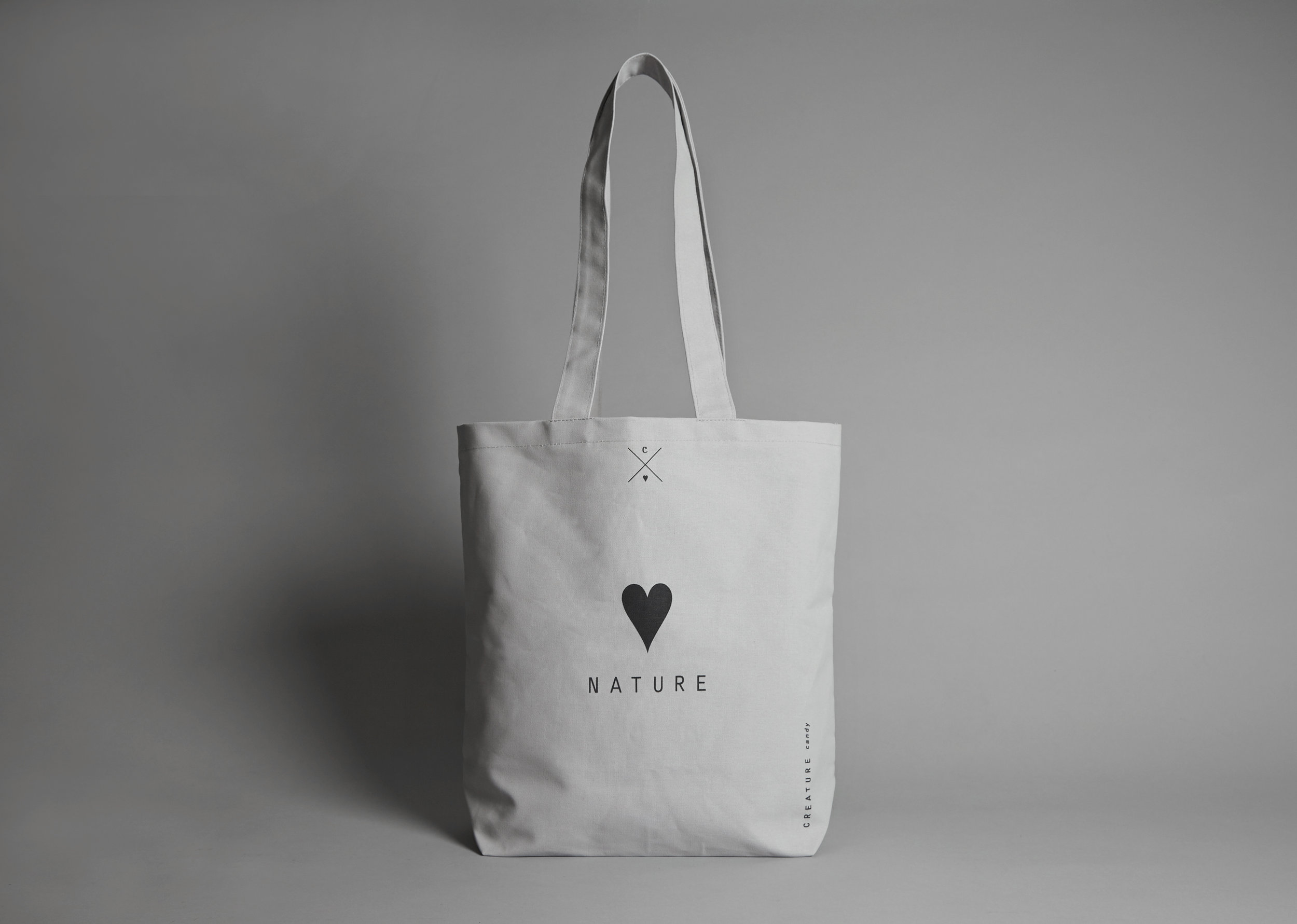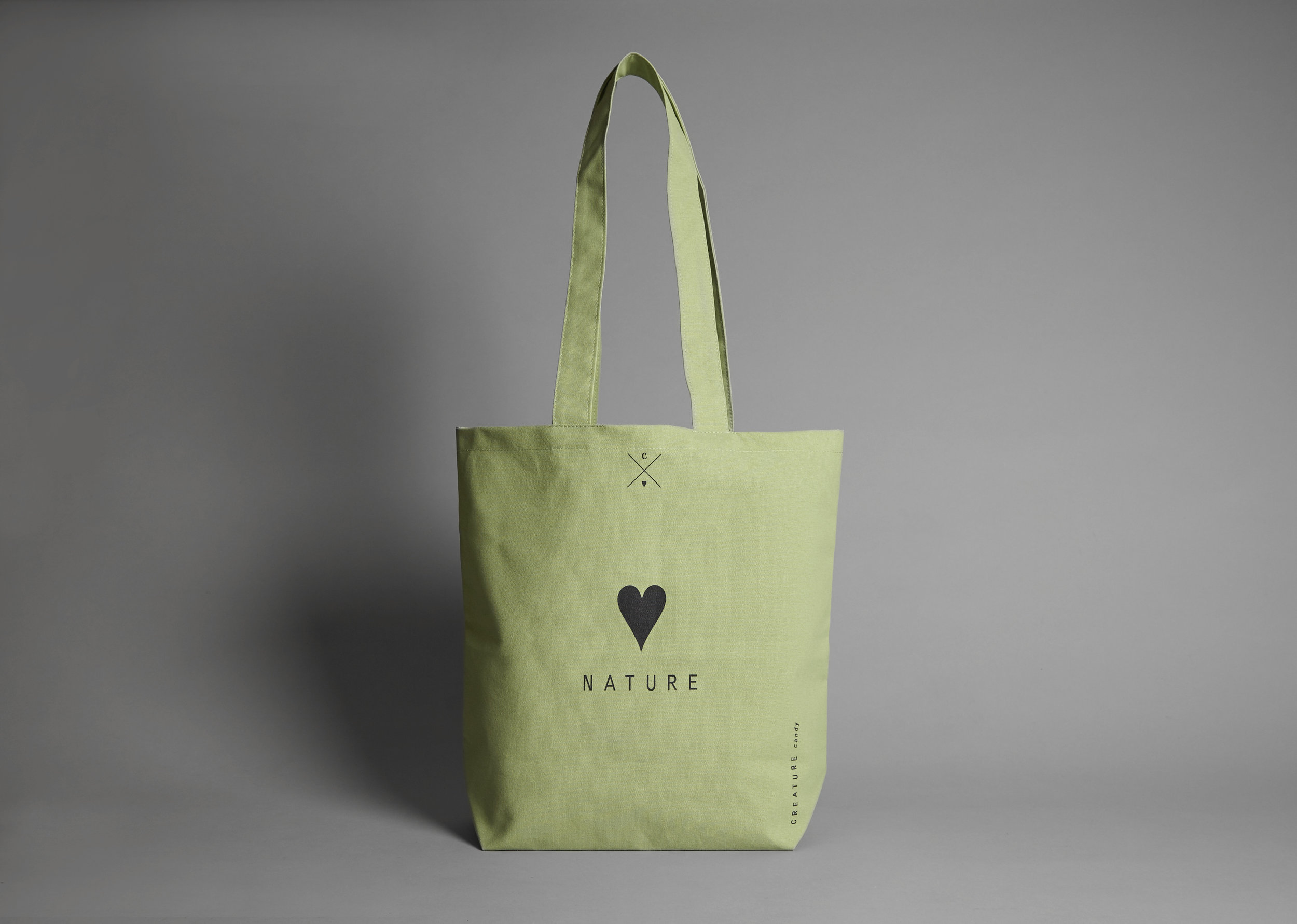By Della Lewandowski
Mother’s Day is approaching (March 22nd), which means it’s time to start looking for that perfect gift. But what can you buy to say thank you to the most important woman in your life? To make things a little easier, we’ve compiled a list of some of our favourite wildlife gifts to give you some inspiration.
Creature Candy - Set of 6 Botanical Coasters £20
This set of melamine coasters features hand drawn designs of some of Britain’s declining wildflowers. Designs include cornflower, devil’s-bit scabious, chamomile, snake’s-head fritillary, cowslip and pyramidal orchid.
The set includes one of each design, however you can choose your own combination by emailing us with your choice once your order has been placed!
To make things even better, 10% of the purchase price will be donated to Plantlife.
Big Wild Thought – Badger Tote Bag - £12
Available in four different colours, it’s hard to go wrong with this minimalistic tote bag!
This bag boasts a beautiful embroidered badger, however other designs are available, such as bats, dolphins and foxes.
For every sale of this tote bag, 10% of the retail cost will go to the Derbyshire Wildlife Trust.
Green&Blue – Birdball Belle Bird Feeder - £29
The Belle bird feeder is the perfect way to feed smaller garden birds such as tits, sparrows, nuthatches and finches.
The design prevents damage to birds’ feet and beaks that can happen with mesh or wire, as well as deterring larger birds and squirrels from stealing the food.
This bird feeder is easy to clean, easy to refill and completely weather proof, making it the perfect gift for garden and nature lovers!
Available in six colours.
Bumble Magazine – 1 Issue £7
Bumble is a volunteer-run, biannual magazine all about nature in the UK. They focus predominantly on declining species, giving advice on how we can all do our bit to help.
This simple, straightforward publication offers a chance for readers of all ages to engage with nature, whilst educating them on the importance of the natural world.
From experienced ecologists to those with an interest in how nature is portrayed in art, there’s something in here for everyone!
Wildcare – Bee & Bug Biome - £24.70
This attractive bee and bug habitat provides a home for solitary bees, ladybirds and other beneficial insects.
The tasteful design is constructed from durable natural FSC timber and painted with water-based paints.
Not only does it look good in your garden, it’s great for nature!
Summer Lane Studio – Birth Flower Personalised Family Print - from £25
Summer Lane Studio creates pretty bouquets using the birth flowers for each members of a family, producing a unique combination for your family. Like birthstones, each month has it’s own birth flower.
Printed on 100% recycled card 300gsm thick to give a vintage-inspired look and feel.
Summer Lane Studio are proud supporters of World Land Trust’s ‘Plant a Tree’ project in tropical forest in Borneo.
Seedball – Mum’s Meadow - £6
Help her make her garden more wildlife-friendly with the limited edition design wildflower tin!
The mix is based on the Plantlife Mix, which includes five native wildflowers that are most likely to thrive in the nutrient rich soils commonly found in gardens.
Proceeds from the sale of every tin go directly to supporting Plantlife’s new nature reserve – Greena Moor in Cornwall.
